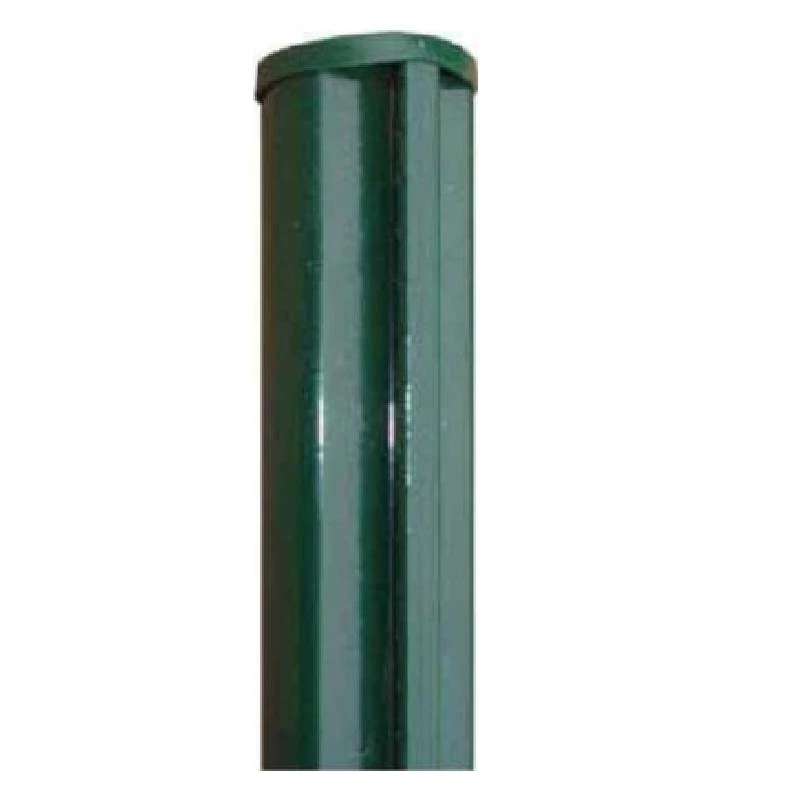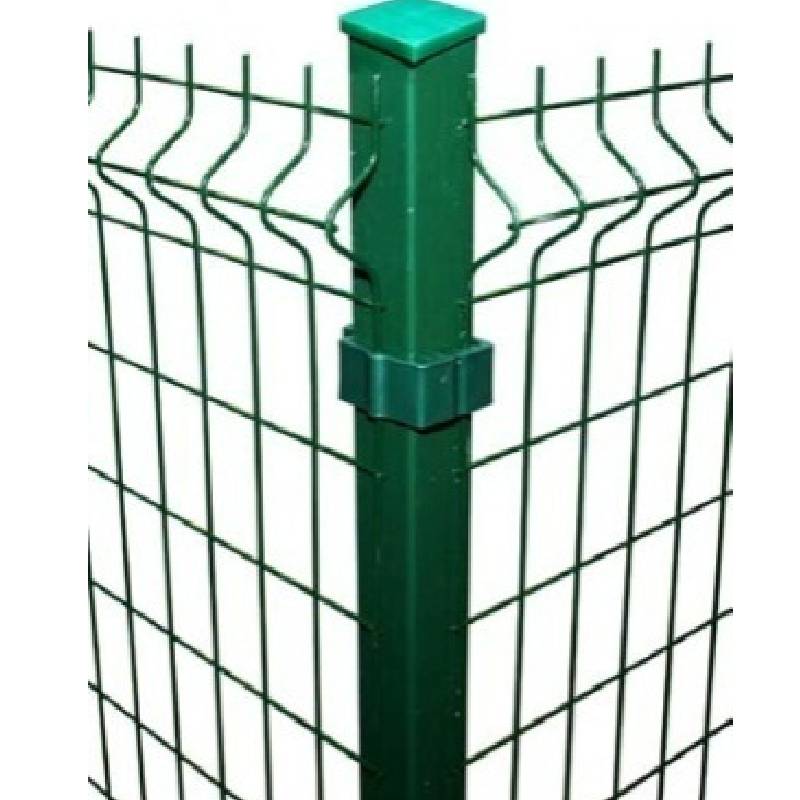-
E-mail:zhao@hyliec.cn
-
Tél :+86 311 85273988
-
WhatsAPP :8613931128750
-
 africain
africain -
 albanais
albanais -
 Amharique
Amharique -
 arabe
arabe -
 arménien
arménien -
 azerbaïdjanais
azerbaïdjanais -
 Basque
Basque -
 Biélorusse
Biélorusse -
 bengali
bengali -
 bosniaque
bosniaque -
 bulgare
bulgare -
 catalan
catalan -
 Cebuano
Cebuano -
 Corse
Corse -
 croate
croate -
 tchèque
tchèque -
 danois
danois -
 Néerlandais
Néerlandais -
 Anglais
Anglais -
 espéranto
espéranto -
 estonien
estonien -
 finlandais
finlandais -
 Français
Français -
 frison
frison -
 Galicien
Galicien -
 géorgien
géorgien -
 Allemand
Allemand -
 grec
grec -
 Gujarati
Gujarati -
 Créole haïtien
Créole haïtien -
 haoussa
haoussa -
 hawaïen
hawaïen -
 hébreu
hébreu -
 Non
Non -
 Miao
Miao -
 hongrois
hongrois -
 islandais
islandais -
 igbo
igbo -
 indonésien
indonésien -
 irlandais
irlandais -
 italien
italien -
 Japonais
Japonais -
 Javanais
Javanais -
 Kannada
Kannada -
 kazakh
kazakh -
 Khmer
Khmer -
 Rwandais
Rwandais -
 coréen
coréen -
 kurde
kurde -
 Kirghize
Kirghize -
 tuberculose
tuberculose -
 Latin
Latin -
 letton
letton -
 lituanien
lituanien -
 luxembourgeois
luxembourgeois -
 Macédonien
Macédonien -
 Malgashi
Malgashi -
 malais
malais -
 Malayalam
Malayalam -
 maltais
maltais -
 Maori
Maori -
 Marathi
Marathi -
 mongol
mongol -
 Birmanie
Birmanie -
 Népalais
Népalais -
 norvégien
norvégien -
 norvégien
norvégien -
 Occitan
Occitan -
 pachtou
pachtou -
 persan
persan -
 polonais
polonais -
 Portugais
Portugais -
 Pendjabi
Pendjabi -
 roumain
roumain -
 russe
russe -
 Samoan
Samoan -
 Gaélique écossais
Gaélique écossais -
 serbe
serbe -
 Anglais
Anglais -
 Shona
Shona -
 Sindhi
Sindhi -
 Cinghalais
Cinghalais -
 slovaque
slovaque -
 slovène
slovène -
 somali
somali -
 Espagnol
Espagnol -
 Soundanais
Soundanais -
 Swahili
Swahili -
 suédois
suédois -
 Tagalog
Tagalog -
 Tadjik
Tadjik -
 Tamil
Tamil -
 tatar
tatar -
 Télougou
Télougou -
 thaïlandais
thaïlandais -
 turc
turc -
 Turkmènes
Turkmènes -
 ukrainien
ukrainien -
 Ourdou
Ourdou -
 Ouïghour
Ouïghour -
 Ouzbek
Ouzbek -
 vietnamien
vietnamien -
 gallois
gallois -
 Aide
Aide -
 yiddish
yiddish -
 Yorouba
Yorouba -
 zoulou
zoulou
Poteau d'escrime
What Type Of Fence Post Is Best?
The best type of fence post depends on various factors such as the type of fence, local climate, soil conditions, and personal preferences. Common options for fence posts include:
1. Round steel posts: Round steel posts are a traditional and versatile choice, suitable for various fence types. They can be treated to resist rot and decay, but may require maintenance over time.
2. Square steel posts and rabbet posts offer durability and strength, making them suitable for supporting heavy or high-security fences. They are resistant to rot and insect damage.
3. Steel round posts/ square posts/ rabbet with base plate: They are suitable to install on the concrete ground, and fixed by concrete nails.
What Size Is A Fence Post?
Fence posts come in various sizes, typically having Φ32 Φ34 Φ38 Φ48 Φ60 Φ80 for round steel posts and 40x40 60x60 40x60 60x60 80x80 100x100 etc for square tube posts in dimension. The specific size of a fence post depends on the type of fence being installed, the height and weight of the fence panels, and the local building codes or regulations. It's important to select the appropriate size of fence post to ensure stability and structural integrity for the specific fencing project. Consulting with a professional or referring to local building codes can provide guidance on the recommended size of fence posts for a particular application.
Fence Post FAQ:
What type of fence post is best?
The best type of fence post depends on various factors such as the type of fence, local climate, soil conditions, and personal preferences. Common options for fence posts include round steel posts, square steel posts and rabbet steel posts, posts with base plate or without base plate. Each type has its own advantages and considerations, so it's important to choose the most suitable option based on the specific requirements of the fence project.
What size is a fence post?
Fence posts come in various sizes, typically typically having Φ32 Φ34 Φ38 Φ48 Φ60 Φ80 for round steel posts and 40x40 60x60 40x60 60x60 80x80 100x100 etc for square tube posts in dimension. The specific size of a fence post depends on the type of fence being installed, the height and weight of the fence panels, and local building codes or regulations. It's important to select the appropriate size of fence post to ensure stability and structural integrity for the specific fencing project.
How to install a panel fence?
Paneling a fence involves several steps, including measuring and planning, installing the posts, attaching the panels, adding finishing touches, and performing regular maintenance. It's important to follow the manufacturer's instructions and local building codes when paneling a fence to ensure proper installation and compliance with regulations. If in doubt, it's advisable to consult with a professional or seek guidance from experienced individuals.






